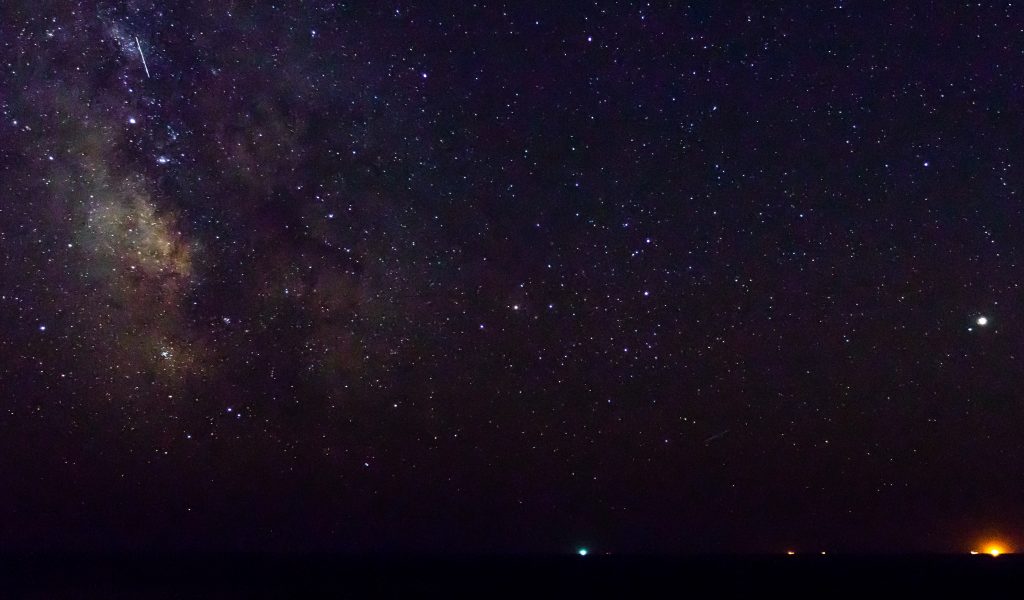An introduction to astrophysics

Almudena Visser Velez shares her passion for astrophysics by explaining the science behind images of space.
Astrophysics (the study of physics applied to stars, galaxies and planets) has a reputation for being difficult. As a result, when I announce this subject as my passion, many people recoil and mumble about unhappy physics lessons at school. As a Physics student (and fangirl!), I hope to change this stereotype by explaining the science behind some exquisite images, so we can all share in the wonders of our universe.
The James Webb Space Telescope (JWST)
The JWST was launched in 2021 and is the most powerful space telescope yet. It has provided us with some significant images of stars.
Star Nurseries
Stars often form together in groups when dust clouds become so dense they collapse under gravity. This image shows thousands of stars in the Carina Nebula, a big dust cloud that formed roughly three million years ago – young in astronomy terms. The different colours represent different
temperatures, caused by the stars intense winds and ultraviolet radiation smashing into the surrounding gas. Counterintuitively, the blue parts are hottest while the red are coolest. Since this image was taken in infrared, humans can’t see this, however the different infrared ‘colours’ from the raw data have handily been translated by NASA’s astronomers into human-friendly colours.
Stars often form together in groups when dust clouds become so dense they collapse under gravity.
Protostars
This picture zooms in on one young star (protostar) in the catchily named L1527 cloud, much like the
stellar nursery cloud above. The dark horizontal disk obscures the star’s light and the vertical jets
(travelling hundred of kilometres per second) show the star’s material shooting out and colliding with
surrounding gas. Again, the dust is responsible for the colours, with the thinnest parts blue and the
thickest, where the star’s light is least likely to escape, in orange.
Galaxies
A galaxy is a collection of millions of stars attracted by gravity. These five different galaxies make up Stephan’s Quintet and this image is on a much larger scale than the previous ones. Tight galaxy groups like these are thought to have been more common in the early, hotter universe. This mosaic comprises almost 1000 individual telescopic images. The leftmost galaxy is much closer to us than the other four, at a distance of 40 million light years (compared to 290 million). The beautiful trails are made of gas, dust and stars being pulled by the gravity of other galaxies.
Dying Star
And finally, we have the Southern Ring Nebula, a star at the end of its life having burnt through all its hydrogen and helium. Stars are sort of immortal. Once they ‘die’ their material is violently expelled in different directions, eventually calming down to form cold gaseous clouds, which several million years later (if sufficiently dense) form new stars and the whole process restarts!


